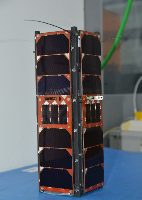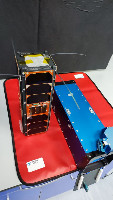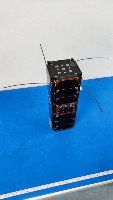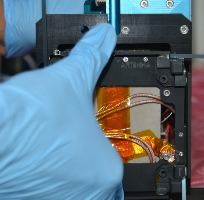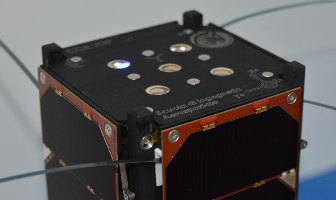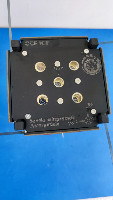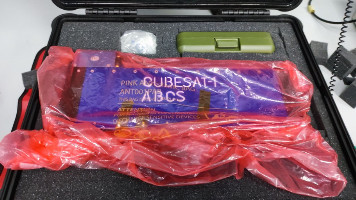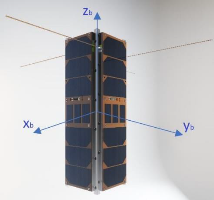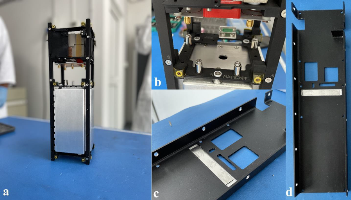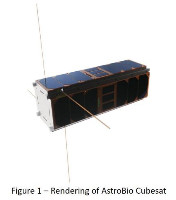| Description |
Hosting a mini laboratory payload based on lab-on chip technology. The objective of the project is to test an automatic laboratory based on lab-on-chip technology, able to provide a highly integrated in-situ multiparameter platform that uses immunoassay tests exploiting chemiluminescence detection.
The perform the experiment, a paper-based later flow device will be used. The paper-based support will contain:
- biomolecules immobilized in specific test areas (i.e., enzyme in experiment 3, antibody in experiment 4, see the experiment list below);
- chemicals deposited in a non-permanent fashion and in a dry form in the initial part (starting area) of the microfluidic path (e.g., luminol and potassium ferricyanide): when the reagents-delivery-system provides a volume of a reagent or sample in the liquid form to the starting area, capillary forces will capture the liquid reagents and force them to flow along the paper-based microfluidic pathway. During the flow, liquid reagents will solubilize and transport along the path the deposited reagents, thus triggering specific reactions. As photon emission signals are recorded as a result of correct experiment execution, a photosensor will always be present in correspondence of each test area to detect the chemiluminescence reaction.
The experiments will aim at evaluating:
- the functional tests of the device (delivery of reagents, mixing of chemicals, detection of emitted photons, electronics, data storage and transmission);
- the stability of chemicals and biomolecules employed in the experiment and necessary for performing bioassays (e.g., immunoassays exploiting chemiluminescence detection) in space conditions for astrobiological investigations.
The satellite included the following subsystems:
- An aluminum-based structure, fully compliant with the standard of commercial and certified CubeSat deployers, with original design, to allow housing the peculiar hermetically sealed box, and multi-layer tungsten-reisin-aluminum shielding to reduce the to-tal radiation dose collected during the mission.
- An electric power system (EPS), consisting of Li-ion battery pack recharged through triple-junction solar cells, providing electric power (3V3, 5V, 7V) to each individual load by latching current limiters.
- A passive magnetic attitude control system aimed at maximizing the exposure of solar cells to solar radiation.
- A hermetically sealed box, thermally isolated from the ABCS structure, to guarantee the nominal pressure and thermal stability required by the payload. All the following subsystems, the EPS and the pri-mary payload were installed inside the box.
- A thermal control system obtained from (i) surface finishing of the hermetically sea box and insulating materials at the interface of the box with the ABCS structure (passive control) and (ii) modulated radio beaconing and resistive heaters (active control).
- ABACUS on-board computer (OBC) managing telecommands, satellite housekeeping, payload op-erations and data handling. The OBC also imple-mented error detection, isolation and self-healing, as well as a digipeater freely accessible and widely used by amateur radio operators.
- A telecommunication system based on a single UHF transceiver and custom design deployable antenna in turnstile configuration.
|
